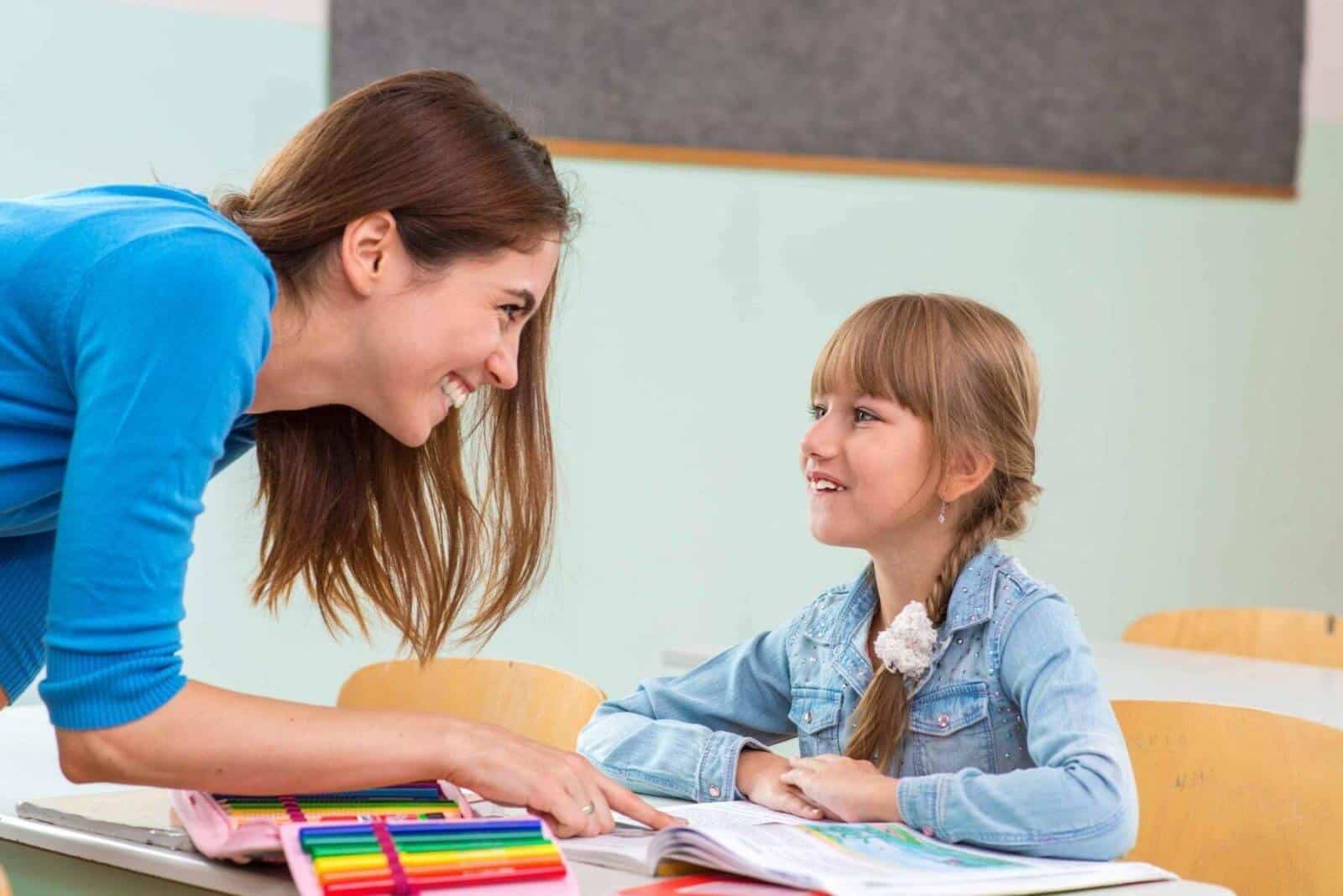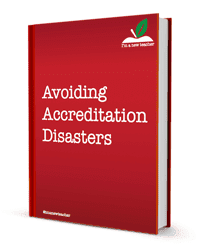Project Based Learning: Planning, Launching and Doing It!

Project based learning (PBL) is one effective strategy to get students on the path to learning. Mostly, it’s reasoning skills we acquire which will enable us to solve problems effectively and efficiently.
What is Project Based Learning?
Project based learning (PBL) is a unique method to teach students. It establishes their problem solving and critical thinking skills. PBL enables students to collaborate with others. To work through problems typically encountered in ‘real life’. The emphasis is on ‘student learning’. Where students are motivated to become critical thinkers. Solving real life problems to prepare them for adulthood.
Why Should You Utilise PBL in the Classroom?
You see, project based learning isn’t something new. It’s just that not all Teachers utilise it. PBL is really good at linking everything together for the learner. There are many other reasons to use project based learning. Here are a few:
It supports lifelong learning
It allows administrators, teachers, and students to reach out beyond the school building. Project based learning educates students to take control of their learning. Which is the initial step as a lifelong learner.
It encourages learners to become more engaged and to learn actively
Students work on a project that has to be the basis of solving a problem. Which makes them much more actively involved. A genuine project involves the mind and the heart, that has a real world significance for learning.
It develops skills for college, career, and life
With project based learning, students learn how to be responsible, take the initiative, and develop a good attitude. They learn to establish their confidence, work in teams, solve problems, and communicate ideas.
It supports creativity and concept development
Project based learning establishes a deeper understanding of concepts. Real world scenarios presented in the project are much more able to draw the attention of the student. They capture student creativity to incite the required level of thinking. Which enables the student to apply new information in a problem solving setting.
It can track progress
Teachers can monitor students activities as they solve problems progressively. Not just at the end of an assignment.
These are only a few of the many benefits of using PBL in the classroom. Feel free to read the read the Research Summary on the Benefits of PBL published by Buck Institute here.
collaborate . . . .
How Can You Utilise PBL in the Classroom?
There are a lot of benefits in executing a project based learning model. We’ve listed the five best ways to implement PBL in your teaching.
1 – Visit a Zoo
In one science-based project, students start with a visit to a zoo. To understand the habitats of animals and develop opinions about which habitats best fit a chosen animal. For this example, the project module covered a team of students working together. To establish a research supported habitat proposal for demonstration to student and professional zoologists.
2 – Instructional Strategy
In an example which combines social studies and English language arts, students answer the classic question of what role does censorship play in the society. After an introduction, students chose a prohibited book. They read it and created a persuasive essay. They took part in the censorship-related fake trial experience. Which was presented in the presence of professionals.
3 – Forensic Techniques
At High Tech High, in California. An 11th grade biology class takes advantage of DNA barcoding. They did this to establish forensic methods. In this project based learning example, the forensic techniques helped safeguard African wildlife. Every student who participated in the project shared their findings. Along with the wildlife protection officials. They journeyed to Tanzania to lead the bushmeat identification workshops. Which was part of the High Tech African Bushmeat Expedition.
4 – Integrate Technology
This example allowed students to understand soil bacteria by making multimedia information pamphlets. They consulted professional cartoonists and microbiologists. Performing original research, and distributing their finished pamphlets. To local universities, garden centres, and even flower shops.
5 – Invention
At Ferryway School, Massachusetts, 5th graders discovered engineering, technology, science, and history by creating water wheels. The students visited the Saugus Iron Works, an historic place which dates back to the 1640s. They were well prepared for the visit as they had already tested and understood the centuries-old technology.
Bottomline
John Larmer, the Editor & Chief for the Buck Institute for Education PBL Blog, shares various examples of schools utilising Project based learning. Student learning is deepened by PBL. It takes the important characteristics of what we appreciate most about education. Putting them centre and in front of our formal learning settings. It’s a noble and famous hope for educators to inspire and establish life-long learners. No doubt, project based learning helps students get ready for the real-world. As, this is where learning happens naturally.






